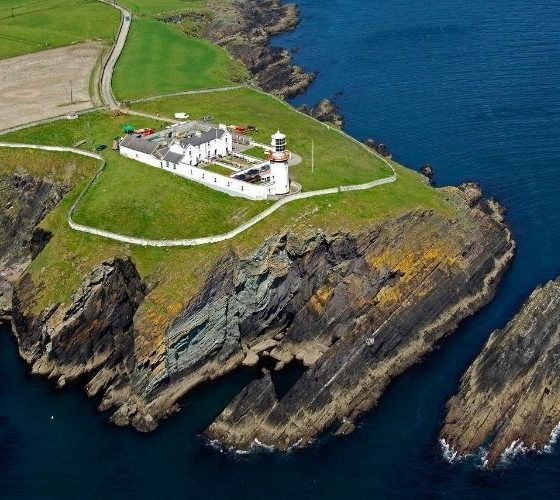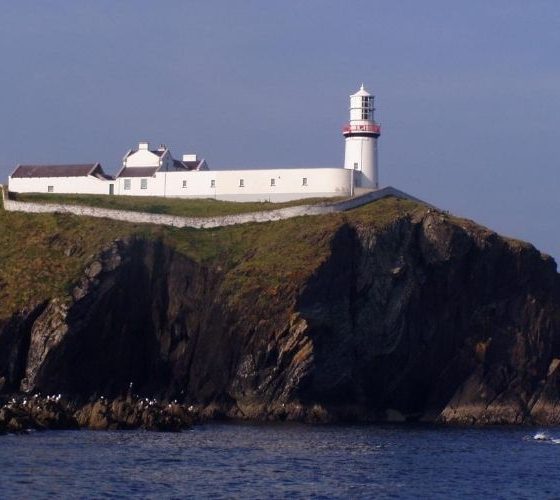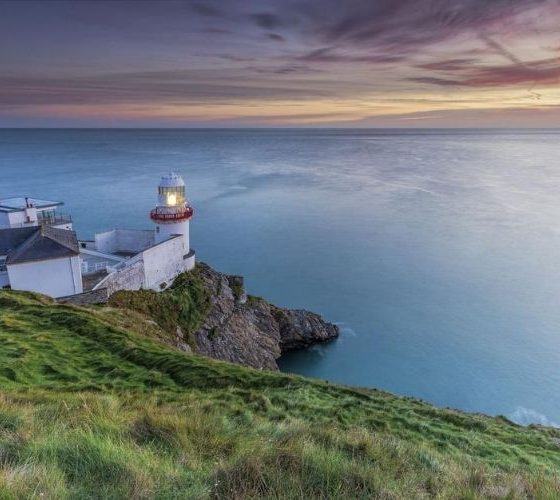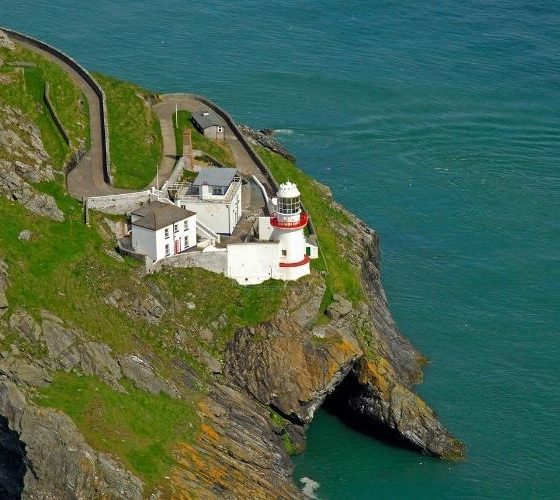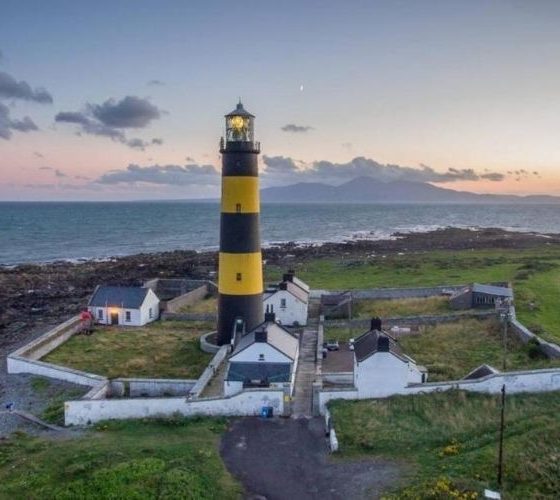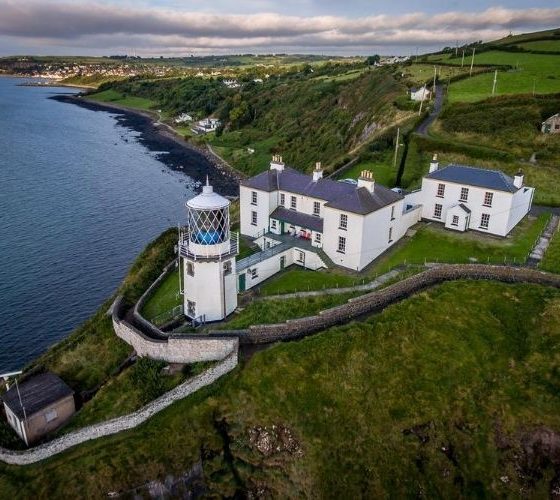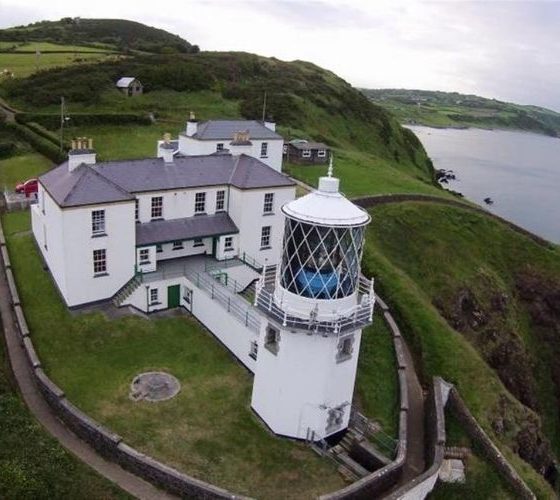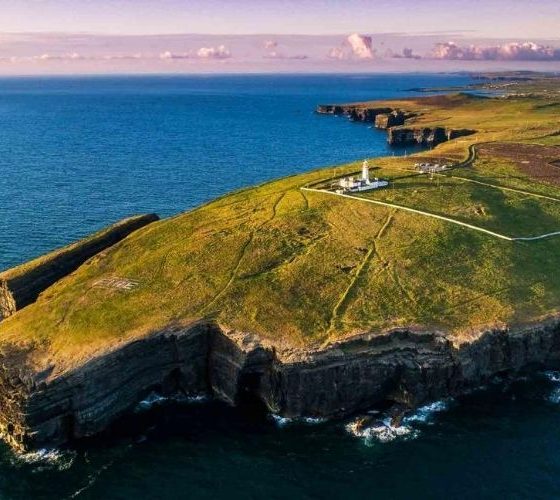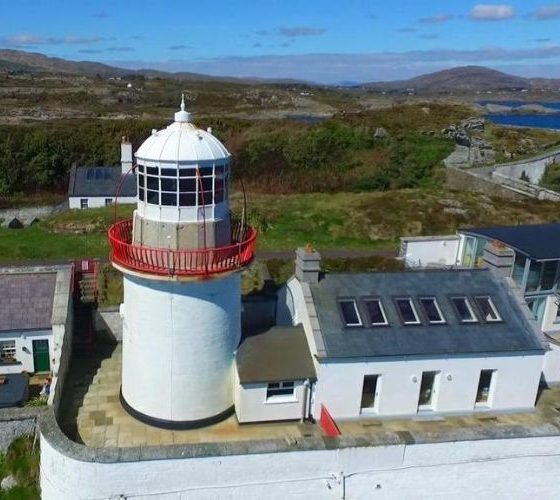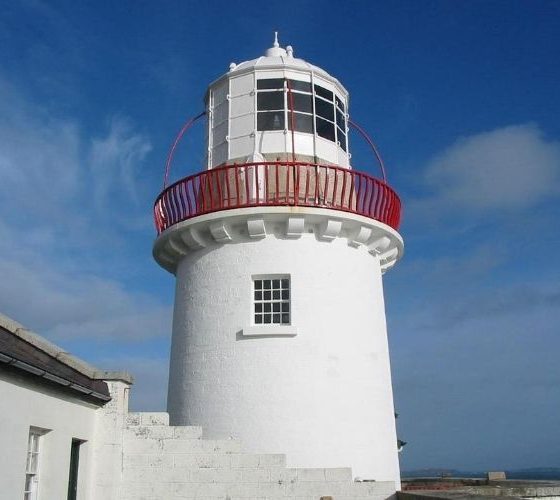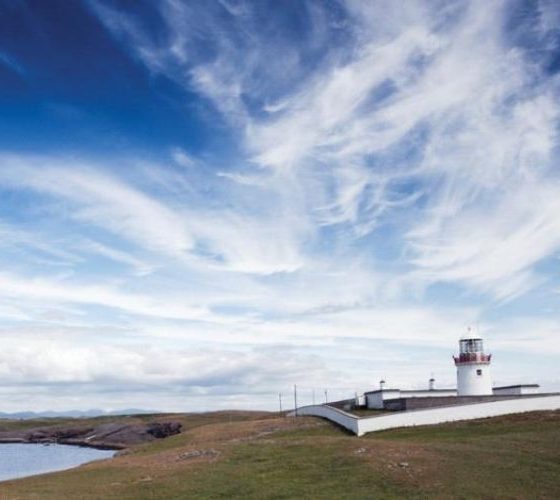If you want to visit Ireland in 2021 and stay somewhere flashy with a difference, how about a lighthouse on Ireland’s coastline?
Whether they are functioning towers or historic landmarks, lighthouses are full of intrigue. Their isolated locations, vantage points over cliffs and oceans, and associations with stories of storms and shipwrecks — whatever the reason, they capture the imagination.
We arrange overnight stays in these historic lighthouses, which are set in some of the most remote parts of Europe with spectacular views across the ocean. They are found along the beautiful Wild Atlantic Way, Northern Causeway Coast, and Ireland’s Ancient East and from secure, simple lodgings which will give you an insight into how lightkeepers lived generations ago to ultimate luxury with light-filled modern rooms.
To rest your head in one of Ireland’s lighthouses is truly an unforgettable experience.
